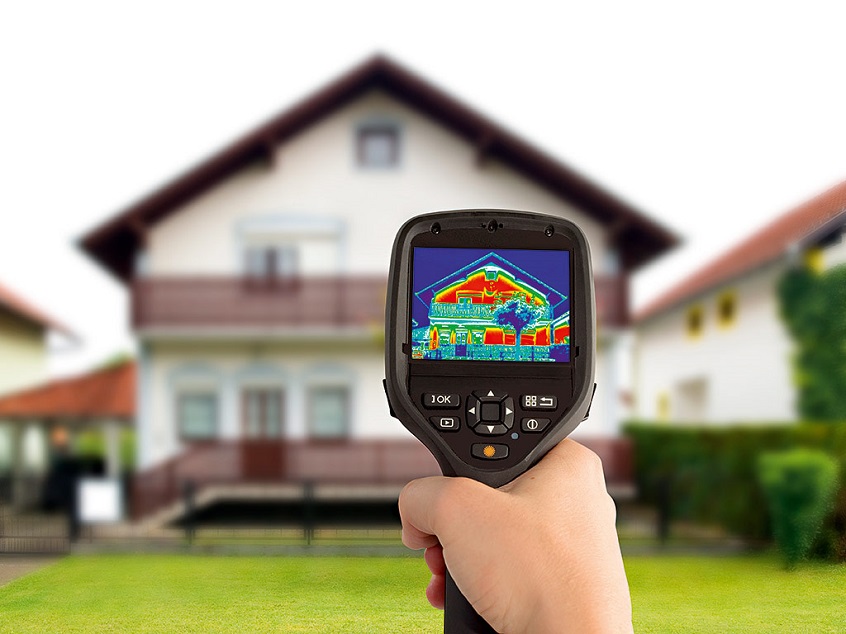
Get the Best Value for Your Money – Buying Thermal Imaging Equipment 101
If you’re an independent contractor, then you know how difficult it can be to make the right business decision when it comes to the tools of your trade. Buying a brand new piece of equipment to add to your set sometimes can be as valuable as buying a new car. With that being said, even the most professional contractors get excited when they make a new investment.
However, the difference is that you’re on a limited budget and your hard-earned money need to be invested in something that’s worthy. This is especially true if you’re buying expensive equipment like thermal imaging cameras, which costs at least several hundred dollars (typically a few thousand). In this case you should aim to get one that’s of high-quality, it is reliable and has just the right features.
So, what qualifies a thermal imaging camera, and thermal imaging equipment in general, as high-quality? This mainly depends on your personal preference and how you’ll be using the camera most. Furthermore, there are some other specifications that you should pay attention to as well, such as the sensitivity, resolution, temperature range, etc. Let’s take a closer look at some of them.
Sensitivity
The sensitivity of thermal imaging equipment refers to how well it can detect infrared energy shifts, or simply put – how sensitive it is to temperature. Some models are sensitive to 0.10°C, while others 0.05°C temperature shifts. More sensitivity is typically better, as this means that the camera is able to track smaller temperature variations and provide the user with sharper images.
Resolution
The resolution of thermal imaging equipment refers to the quality of the images it is able to produce. Basically, the shots taken with the camera are converted into electronic signals, then displayed as visual images on the display of the camera. For example, a 1×1 resolution camera has one pixel, which is extremely poor quality and you’ll get no details. On the other hand, a 120×120 camera has 14.000 pixels and it can showcase different temperatures and create a meaningful result for the operator.
Temperature
What’s the range of temperatures that you’ll need to measure or view? The variations you need to visualize, how small do they need to be? These are two questions that you need to ask yourself. FLIR, the leading manufacturer in thermal imaging cameras, has cameras that can measure anywhere between -20°C to 120°C, produce sharp images, and accurate measurements.
Features
As aforementioned, the features are mostly based on personal preference, but there are some that make life easier for everyone, such as: focus, digital camera, image presentation, video recording, external SSD card, annotation, connectivity, etc. Each and every one of these adds to the convenience of the camera and can literally make or break the experience of the user when working on specific tasks.


No Comments